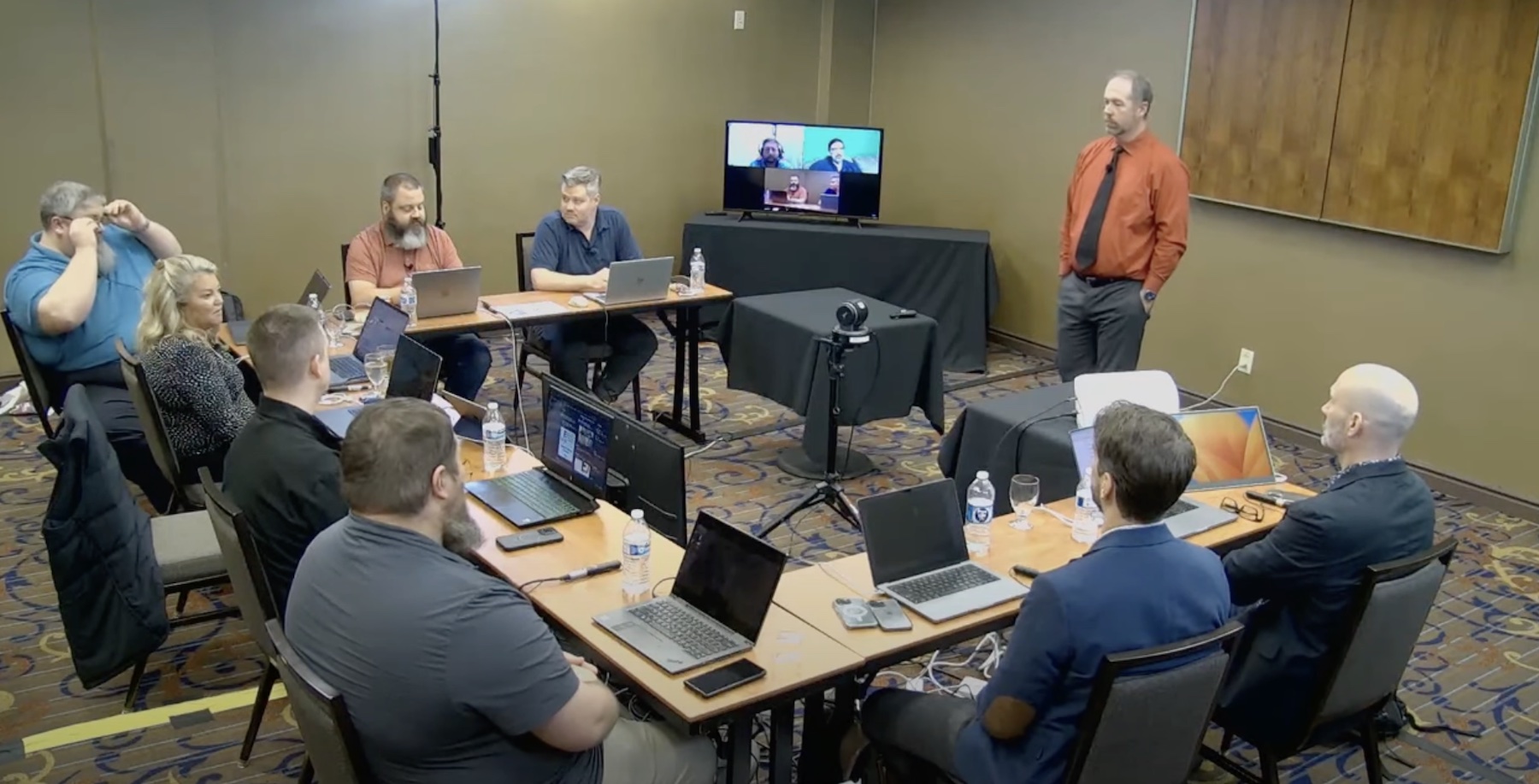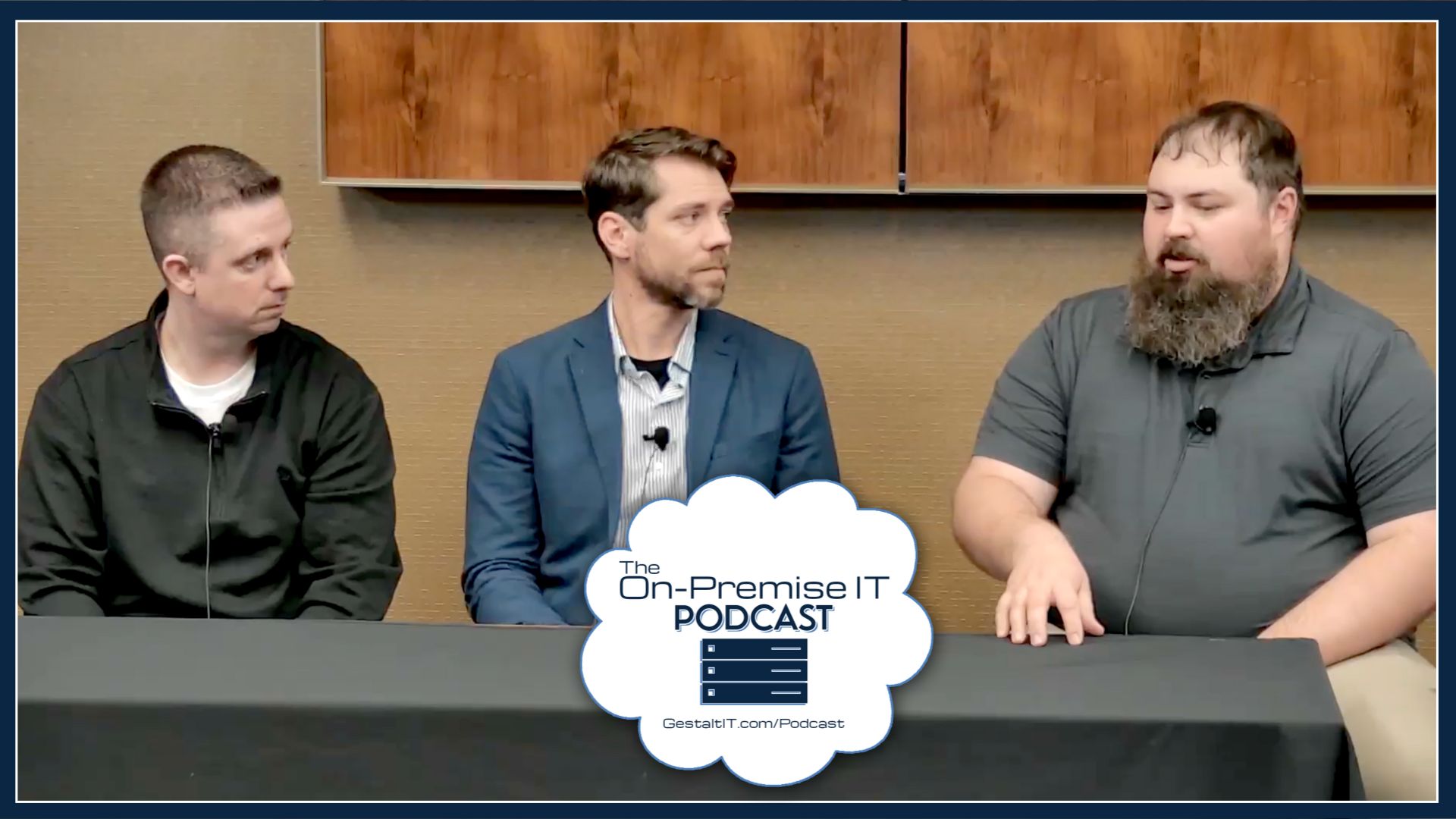One of the things that have caused a shakeup throughout the IT world is the mass relocation to public cloud. The promise and perils of cloud computing have impacted the biggest corporations to the smallest startups, starting a maddening shuffle among IT teams.
The new swanky style of networking, cloud’s fancy word salad, and the rise of an army of cloud engineers, have started a niche battle in which old ways are being met with skepticism. For networking engineers, the new ways that originally spun off of the old methods are questionable.
At the recent Networking Field Day event, Tom Hollingsworth, Event Lead, and the panel of attending delegates, sat down to settle if cloud networking is just a misnomer for traditional networking, or is it a new discipline ready to take IT by storm.
A Problematic Approach
“Networking by itself doesn’t really sell. “Cloud” is a more marketable term,” points out David Varnum, Network Engineer, Architect and Blogger.
Cloud services are intelligently developed. They are intuitive and hyper-personalized to meet business outcomes. The behind-the-scenes working of it too is different to a significant extent.
But on the inside, cloud operations is being handled in an alarmingly cavalier manner. The roles are muddled up, and there are way more generalists than specialists. “Apparently, there are database experts, storage experts, computer experts, whom we were relying on to configure security groups with Internet-facing stuff correctly.”
This is precarious considering the security risks. “I’m not sure that I have expertise in all of those. I’m pretty sure most of the people setting up, as well as the other people in my company, don’t either. The problem becomes how do you get oversight of that?” he argues.
There is a new-found appreciation for clear-cut roles, or niches, among the networking teams. In cloud organizations where roles are overlapping, employees are compelled to take on unfamiliar challenges outside their sphere of comfort and that isn’t always beneficial. Along the way comes the inevitable moment where something breaks and sends everything into a tailspin.
For damage control, there is a number of how-to guides, templates and runbooks for handholding, but without the basic understanding, one can only go so far. “A lot of cloud engineers that are cloud engineers first, don’t really understand all of the concepts, the background of networking which is a dangerous thing. They might be setting things up, but not really know what it’s doing because they’re only clicking. They might not have the education,” says Rita Younger, Network Engineer and Architect.
Errors are rife as a result, and there is normally a dollar amount associated to that. In the cloud where resources cost a fortune, that is not a small dent. IT blunders cost businesses thousands of dollars in losses, not to mention undo FinOps’ efforts of cost-containment.
Silos Are Good Sometimes
IT is a niche domain, and in the datacenter world, that translates to silos. “Everyone has their own little fiefdom, and that’s why we haven’t seen the success of on-prem products that are supposed to be used to manage the cloud environment,” adds Younger.
While everybody stays inside their own area of specialty, the network is the fabric that connects all individual disciplines. “I think it’s a cultural issue. Really it comes down to no one wants to let anyone else touch their little domain,” says Dakota Snow, IT veteran.
The downside of doing things by template without having deeper knowledge of it is that troubleshooting becomes that much more difficult.

“You don’t have to have those skills to be able to start. If you really want to make this a long-term career and grow and make big dollars, you’re going to have to know those things,” says Snow.
Where the rest of the cloud army chooses fast and easy, it falls on the networking team to pick up the mess left behind from taking shortcuts. “It’s all about doing the most amount of work that you can as quickly as possible and using the least amount of resources,” says Hollingsworth, former network engineer.
Organizations have started looking for multiple competencies in recruits, giving rise to a trend called full-stack engineers. With skills spanning multiple domains, these professionals can work both at the front and backend indiscriminately, understand the bigger picture and resolve issues in a heartbeat, gaining time, and enhancing efficiencies.
But frankly, the idea of building a resilient workforce where everybody possesses multidimensional skills is a tad fantastical. The trend has decimated the desire for specialization, and instead go for a generalized understanding of everything.
Wrapping Up
It pays to harmonize different approaches and foster a culture of cross-functionality within the organization so that collaborative development is the prominent spirit. Such an approach breaks down departmental boundaries and siloed mindset, and encourage individuals to merge ideas and insights, take on more challenging tasks, and make decisions consensually.
Cross-functional teams translate to one overarching cross-functional unit where every professional, irrespective of their domain and level of proficiency, fits in. And the cornerstone for that is to sign up for new skills. It might seem like a chore, but learning new things along the way only helps reduce the struggle to keep up and make one more prospective to organizations.
For more, watch the Delegate Roundtable and other interesting presentations from this past Networking Field Day event.




